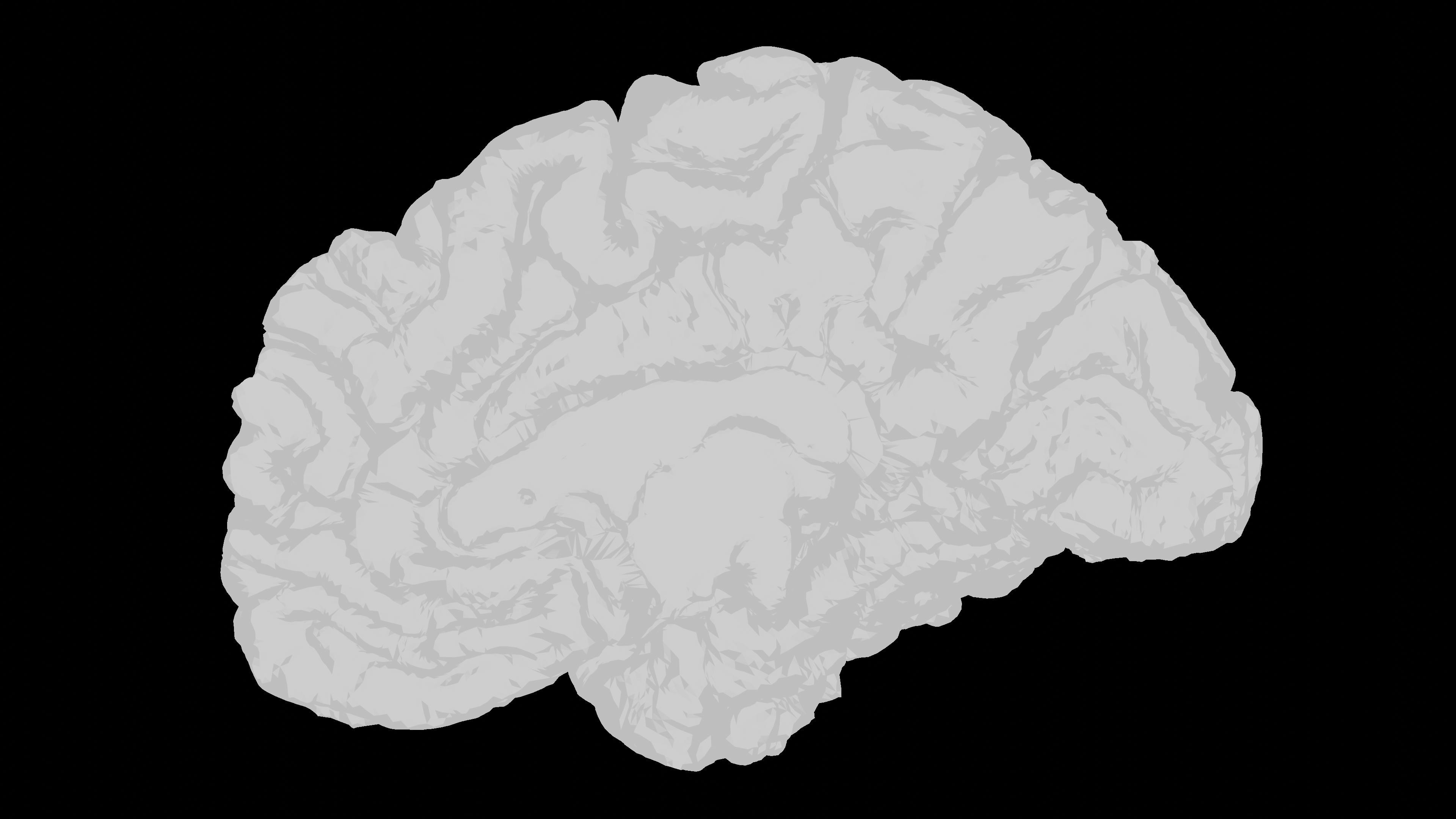October 10, 2025
Explore communication diversity in autism and effective strategies to support verbal and nonverbal skills.

Verbal communication in autism is a complex and varied topic. It encompasses a wide range of abilities and challenges. Understanding these nuances is crucial for effective support. Autism spectrum disorder (ASD) affects communication in diverse ways. Some individuals are highly verbal, while others may be nonverbal. This diversity requires tailored approaches to communication.
Nonverbal episodes can occur in individuals who usually speak. These episodes can be temporary and influenced by stress or sensory overload. Recognizing these patterns is key to providing support. Speech therapy plays a vital role in enhancing communication skills. It offers strategies to improve verbal abilities and manage nonverbal episodes. Personalized therapy can make a significant difference.
Families and professionals need effective strategies to support communication. Collaboration and understanding are essential in creating supportive environments. This fosters growth and resilience in individuals with autism. Building resilience involves managing nonverbal episodes in daily life. It requires patience, empathy, and practical strategies. These efforts can lead to improved communication and well-being. Embracing communication diversity in autism is essential. It involves recognizing and valuing different communication styles. This approach promotes inclusion and understanding in society.
Verbal communication in autism involves varying abilities and styles. While some individuals with autism speak fluently, others may face challenges. The diversity in verbal skills reflects the unique nature of each person on the spectrum.
Key aspects of verbal communication in autism include:
For many with autism, language may be concrete. Figurative language or abstract concepts might be hard to grasp. This often requires tailored strategies and support to improve understanding. Individuals with autism might also use echolalia. This involves repeating phrases or sentences they have heard before. While it may seem unusual, echolalia can serve as a bridge to meaningful communication. Recognizing these elements helps in crafting effective support strategies. Families and educators play a crucial role in fostering communication skills. By focusing on strengths and addressing challenges, we can improve verbal abilities.
Understanding verbal communication in autism enables empathy and effective support. It lays the foundation for better communication and social interactions. With this knowledge, we can better cater to the needs of those on the spectrum.
Individuals with autism often face distinct verbal communication challenges. These challenges can vary greatly depending on the individual. Tailored support can address these obstacles effectively. One common challenge is difficulty with initiating conversations. Some individuals may find it hard to start or maintain a dialogue. This can lead to social isolation if not properly addressed.
Understanding and using abstract language is another barrier. Idioms and metaphors might confuse those who perceive language literally. This can create misunderstandings in everyday interactions. Processing speed can also impact verbal communication. Some may need extra time to process questions and respond. Patience from communication partners is crucial in these situations. Challenges often stem from sensory processing issues. Unfavorable environments might overwhelm individuals, affecting their ability to speak. Reducing sensory overload is a key strategy here.
Key verbal communication challenges in autism include:
Recognizing these challenges enables better support and understanding. With tailored strategies, those on the spectrum can improve their communication skills. Families and educators play essential roles in this developmental journey. By focusing on strengths and addressing these challenges, effective support becomes possible.
Nonverbal episodes can occur in individuals with autism at any time. These episodes can be confusing for both the individual and those around them. Understanding their triggers and management is vital.
A nonverbal episode happens when an individual temporarily stops speaking. This does not mean they cannot communicate. They may use other methods like gestures, typing, or sign language.
Various factors can trigger nonverbal episodes. Overstimulation from sensory inputs like noise can contribute. Emotional distress or anxiety might also play a significant role. Identifying and minimizing these triggers can help manage episodes.
Family members and educators can take specific actions to help. Patience and understanding are crucial in these moments. Reducing environmental stressors can also make a significant difference. Moreover, offering alternative communication tools supports ongoing interaction.
Key management strategies include:
Responding appropriately to nonverbal episodes enhances trust and understanding. By embracing nonverbal communication, individuals can still express themselves fully. This approach values both verbal and nonverbal modalities, fostering inclusive dialogue.
Autism is defined by a diverse spectrum, and verbal abilities vary greatly. Some individuals are entirely nonverbal, while others may be highly articulate. This variation is crucial to understanding autism communication.
Those who are nonverbal often rely on alternative communication methods. These might include sign language or communication devices. Their ability to express is still impactful and valid. Conversely, highly verbal individuals may excel in speech but struggle with social nuances. They might use sophisticated language but face challenges understanding expressions and cues. This complexity enriches the diversity within the autism spectrum.
A balanced understanding involves recognizing these varied abilities without prejudice. Supporting each person's unique communication style is essential. Recognizing their individuality creates a more inclusive community.
This spectrum can be illustrated with:

Each individual on the autism spectrum deserves respect and acknowledgment of their communication skills. By valuing diverse verbal abilities, we create a society inclusive of all. Providing tailored support can optimize each individual's potential.
Verbal autism is characterized by distinct communication signs. These signs can differ significantly among individuals. Recognizing these patterns aids in better support and understanding.
Common signs include repetitive language or echoing others' words. This behavior, known as echolalia, is a key feature. It can serve as a communication tool or a self-soothing mechanism.
Some individuals may speak in an unusual tone or pitch. Their speech might also include unique phrases or expressions. These patterns reflect their distinct way of interacting with the world.
Additionally, a focus on specific interests often shapes communication. Conversations might revolve around these interests. This focus can be intense and passionate.
Understanding these signs leads to effective support strategies. It requires patience and adaptability. Encouraging communication can take various forms, such as:
Recognizing the diversity in these signs fosters empathy and connection. Each pattern tells its own story and reflects a part of the individual's identity. Embracing these differences enriches our societal tapestry.
Autism speech therapy offers diverse strategies. Its goal is to enhance communication skills. These therapies are tailored to individual needs.
Therapists use various techniques to aid verbal communication. They often incorporate visual supports and technology. This helps in understanding abstract concepts better.
One crucial method is play-based therapy. It engages children in interactive activities. Through play, they learn essential communication cues.
Moreover, therapy focuses on social skills development. Role-playing exercises teach individuals how to engage in conversations. These exercises build confidence for real-life interactions.
A significant part of therapy is parental involvement. Parents learn strategies to support their child's communication at home. This reinforces skills learned in therapy sessions.
Benefits of speech therapy are numerous. They include:
Ultimately, the therapy aims to empower individuals. It provides tools for expressing themselves effectively. This, in turn, leads to more fulfilling social experiences and improved quality of life.
Supporting communication for individuals with autism requires concerted effort. Both families and professionals play vital roles. Their collaboration is essential for success.
First, understanding the individual's unique communication style is crucial. Every person on the autism spectrum has distinct needs. Tailored communication strategies consider these needs.
Families benefit from actively engaging with therapy practices. This involves integrating communication exercises into daily routines. Repetition and consistency reinforce skill acquisition.
Visual aids are powerful tools for communication. They provide clear and concise information. Using pictures and written words can simplify complex ideas.
Professionals can guide families with structured communication plans. These plans include various evidence-based practices. They ensure that support is consistent and effective.
Key strategies for supporting communication include:
Together, families and professionals create nurturing environments. They foster growth and understanding. This approach leads to meaningful interactions and enriched lives for individuals with autism.
Nonverbal episodes are common among individuals with autism. They can occur unexpectedly and require patience and understanding. Building resilience is key to managing these episodes effectively.
Recognizing triggers is the first step in resilience building. Identifying specific situations that cause stress or anxiety is critical. This awareness helps in crafting preventive strategies that alleviate episodes.
Establishing a calm environment can reduce nonverbal episodes. Environments with fewer sensory distractions aid in maintaining focus. Sensory-friendly spaces support communication efforts.
Practicing stress-reduction techniques is beneficial. Techniques such as deep breathing and mindfulness can be effective. They help in maintaining emotional balance during challenging moments.
Key techniques to manage nonverbal episodes include:
Regular practice of these strategies builds resilience. It fosters a supportive environment for both the individual and their network. By managing nonverbal episodes, growth and communication are enhanced.
Personalizing communication strategies is essential for individuals with autism. Each person has unique communication needs and preferences. Understanding these needs requires careful observation and dialogue.
Custom approaches ensure that interventions are effective. A one-size-fits-all solution rarely works in autism care. Tailoring strategies to individual strengths fosters better communication outcomes.
Collaboration between professionals, families, and the individual is crucial. Input from all parties ensures that support aligns with the individual's life. Consistent communication helps refine these approaches over time.
Key personalized approaches include:
Individualized support enhances communication potential. It respects the individual's pace and preferences. By focusing on personalized strategies, we provide empowering communication support.
Understanding verbal communication in autism reveals a broad spectrum of needs. It emphasizes the importance of tailored, flexible strategies. Each individual's journey is unique, underscoring the value of personalized approaches.
Communication diversity in autism is not a hurdle, but a vibrant landscape. It offers opportunities to explore different methods of connection and expression. Celebrating this diversity can lead to deeper understanding and inclusion.
Professionals and families have a pivotal role. By fostering an environment of acceptance and patience, they pave the way for growth. Embracing these communication differences enhances relationships and enriches our world. Through empathy and innovation, we can support autistic individuals in their own distinct paths to communication.

At Integrative Psych, we are the leading choice for integrative and evidence-based therapy in New York City and Miami. Our team of compassionate and highly skilled therapists delivers a wide range of mental health services, each customized to suit your unique needs. We are dedicated to supporting you on your journey to well-being.
We specialize in evidence-based mental health care in New York City and Miami, including anxiety therapy, depression treatment, ADHD care, OCD therapy, addiction treatment, CBT, DBT, ACT, EMDR, couples therapy, LGBTQ+ affirming therapy, autism services, bipolar disorder treatment, eating disorder treatment, postpartum depression therapy, and virtual therapy—as well as light therapy and anger management therapy. Our therapists work closely with you to develop individualized treatment plans that align with your specific goals. Additionally, our ADHD specialists conduct comprehensive assessments and implement evidence-based interventions to help individuals with ADHD manage their symptoms and enhance their daily functioning.

We're now accepting new patients
